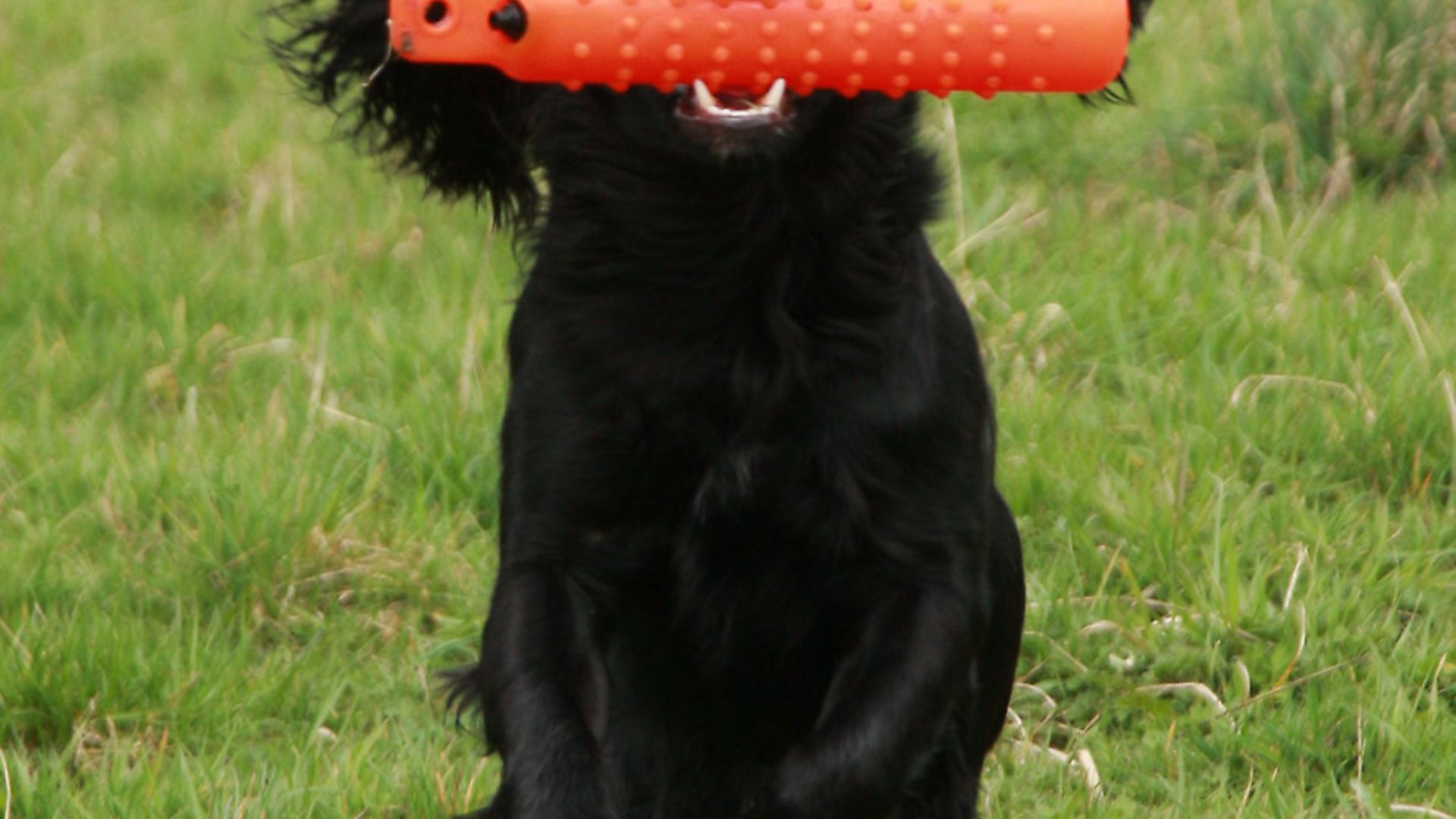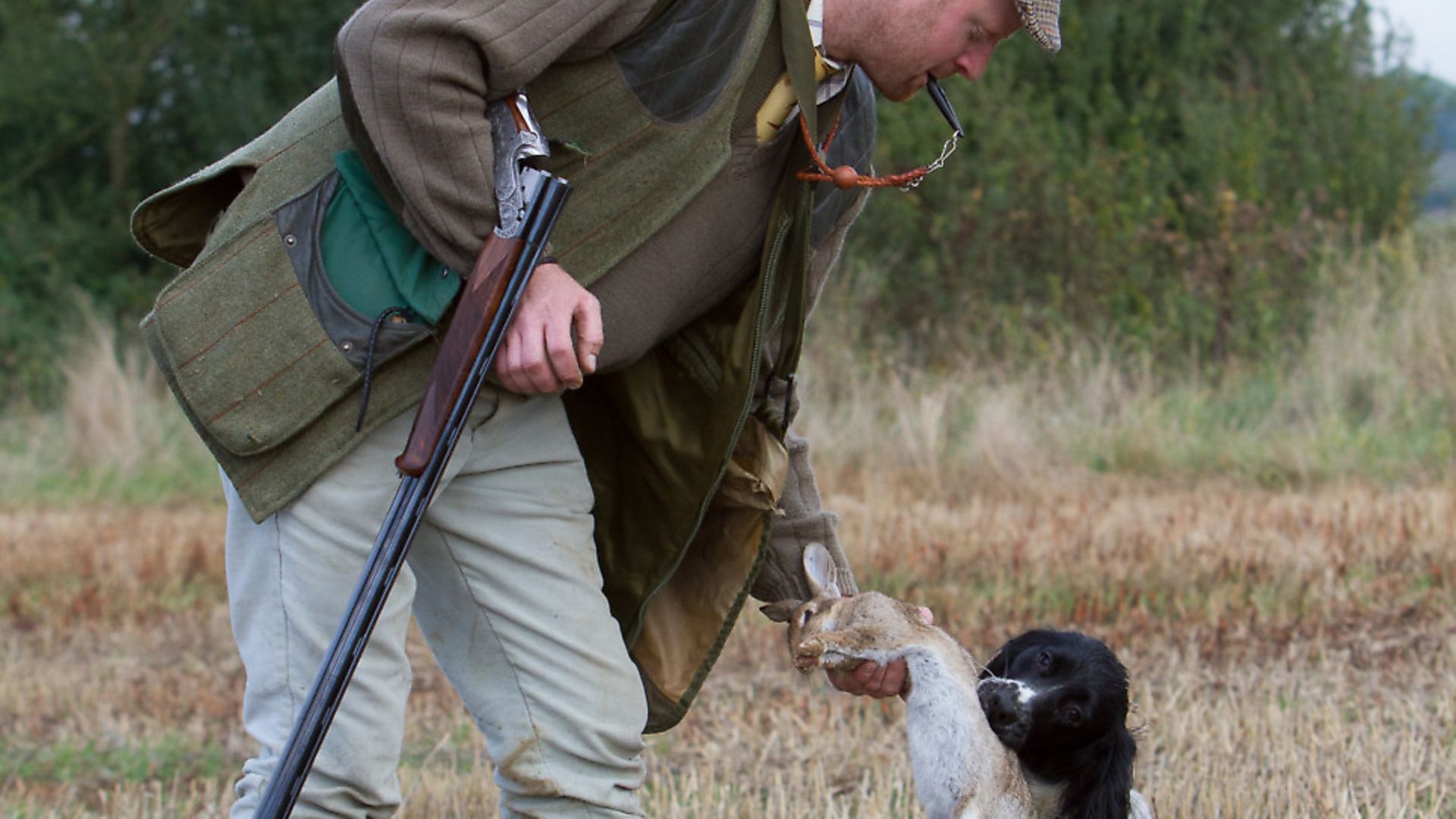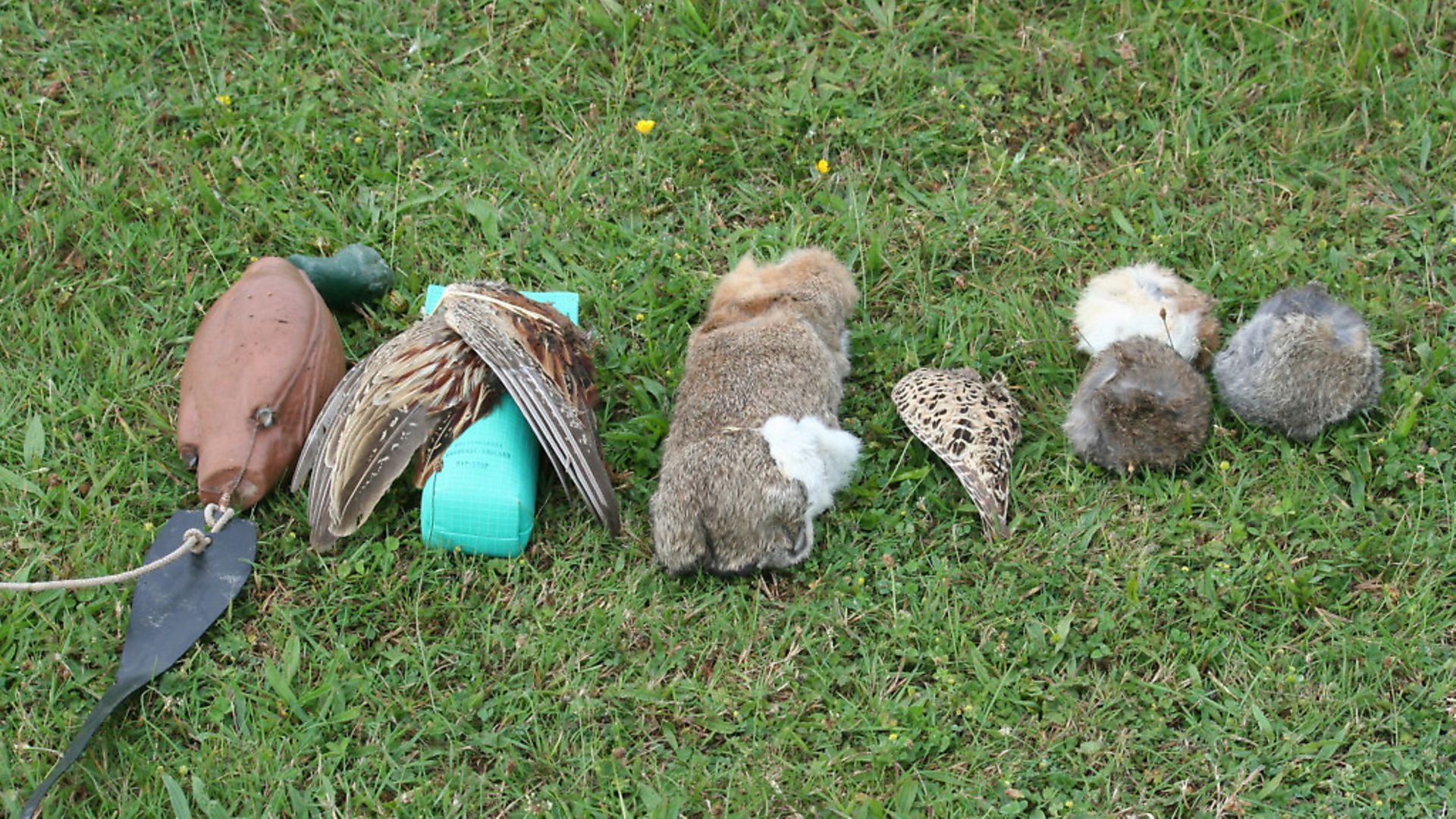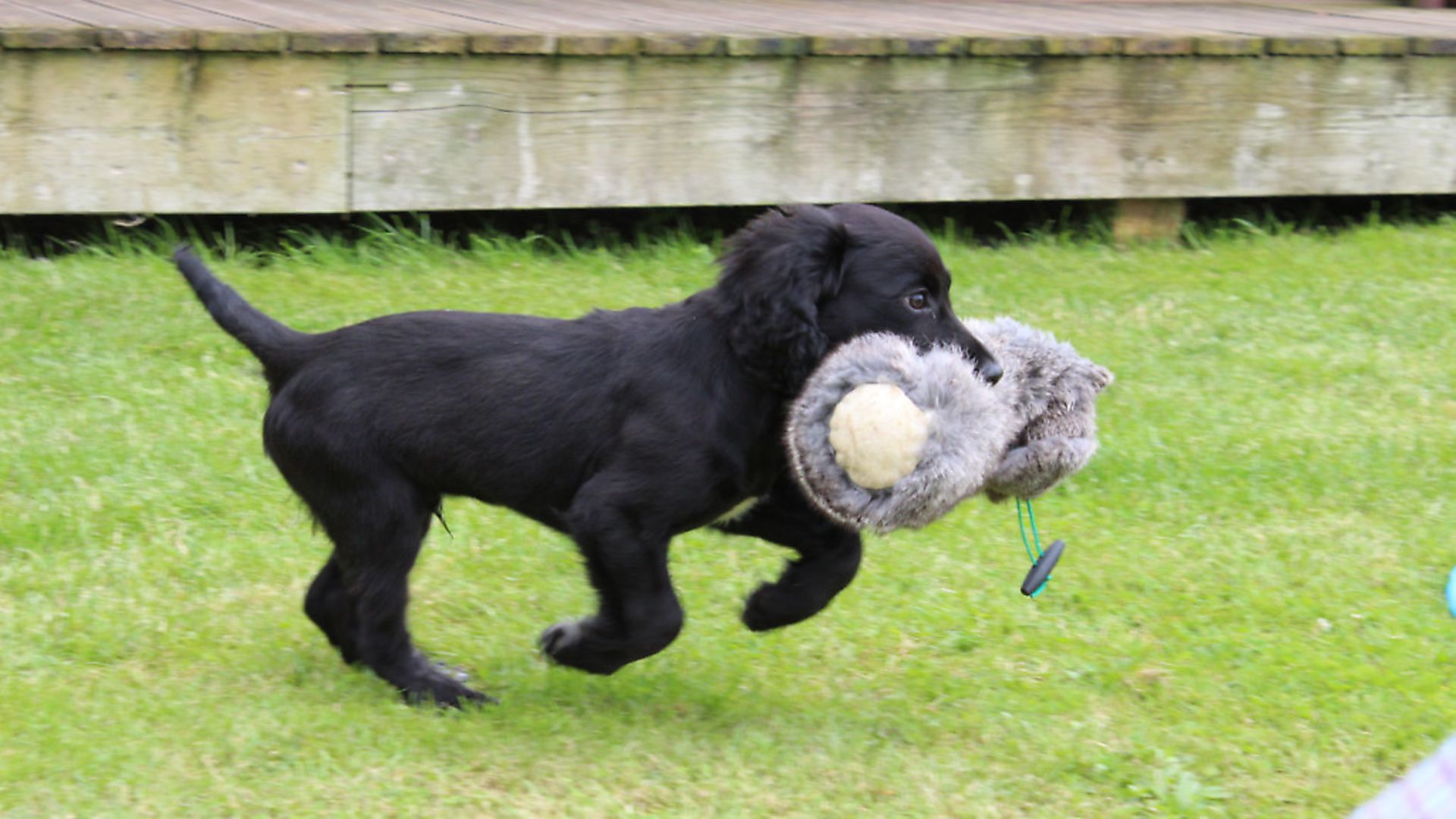Howard Kirby guides us through the most important stage of your gundog’s training - the first introduction to live game. Get this wrong and you’re in for a bumpy ride!
 credit: Archant
credit: Archant
There are many ways in which we can enjoy a partnership with a gundog. Training with dummies, Working Tests and – surely the ultimate – working your dog in the shooting field or Field Trials. There is an awful lot to learn, and it can be a really steep learning curve.
There are many aspects of dog training that you can make mistakes with and subsequently have to put those mistakes right. There is, however, one huge stage which must be got right first time. This stage is where you make the transition from dummies across to live game and working in the shooting field. If this stage of training is done incorrectly, the subsequent behaviours that your dog might offer you could be very difficult to manage. You can inadvertently create problems that are almost impossible to solve.
Most of the problems you will incur will be excitement related: i.e. the dog will become over-excited. Whining, barking, coming off and refusing to listen to the whistle. The term that I use for this is that you have overcooked or fried your dog. Once learned, this over-excited behaviour can be very difficult to cure, so we must do our best to avoid these problems.
I think it’s essential that the novice handler learns really quickly that the transition from training ground to shooting field is huge. Unfortunately, very few handlers appreciate just how big a jump this will be. A dog that on first glance appears to be going really well on the home training ground can, after only a few outings in the shooting field, be totally out of control. Therefore, I hope you will excuse me for repeatedly emphasising the importance of getting this transition right.
 credit: Archant
credit: Archant
GETTING IT RIGHT
There are two main elements that we need to have in place in order for our dog to be able to cope with life in the shooting field. Firstly, the dog should have received enough training and, secondly, an element of maturity.
Maturity is normally measured by age, but in this case it will be about the individual temperament and, most importantly, the level of experience given to the dog.
Many keepers are excellent dog handlers and have their young dogs out with them all day. The youngster will be exposed to game from a very early age and, therefore, with the right training, learns to manage itself around game in a very business-like fashion. I think it’s really important to note that keepers who are successful with this are extremely good at bringing on young dogs in this environment. In the wrong hands, our young puppy will still get over-excited and lose interest in the handler. So please don’t rush out to game rearing fields with your young pups unless you are very experienced.
For most civilian dog trainers, access to game for training gundogs is limited. I would ordinarily encourage most clients to keep their young dogs away from game during early training. This early training period is then best filled encouraging your dog to be interested in dummies. We will use the dogs prey drive to our advantage, and you can reward his interest in dummies when he offers the behaviours we engineer.
I think it’s important to explain that last paragraph. Many novice handlers inadvertently expose a young dog to free running game, and any dog worth its salt will quickly capitalise on these opportunities and start to focus on trying to chase and catch game. This presents handlers with huge problems. Often, dogs will be difficult to manage and very disinterested in ordinary dummies. By not exposing a youngster to game, his daily excitement will come from you when you offer dummies, tennis balls, food and affection.
In order to maintain your dog’s interest in you and the food and play that you offer, not only must you not expose the dog to free running game but ensure that the areas in which you let him exercise are plain and uninteresting. If the dog’s daily exercise is ambling freely in woodlands, white grass or other interesting covers, your young dog, particularly the hunters such as spaniels and HPRs will quickly find themselves something to do. They will hunt anything! Squirrels, butterflies and songbirds will quickly become hugely entertaining.
All of these early game-related problems are easily avoided by sticking to The Young Puppy Management Plan. Let your dog exercise and do its daily ablutions in a small mundane, boring area. Your small back garden will usually be perfect. For those of you that have big gardens you will need either to make a small, secure exercise area or supervise the dog when put into the garden. The second option will lose its appeal once you’ve stood outside with the dog on a wet windy night. You have been warned!
 credit: Archant
credit: Archant
TO THE SHOOTING FIELD!
We are going to assume that your dog is a minimum of 18 months old and has been trained to a very high standard.
Use feathered dummies, wings and rabbit skin-covered dummies to help your dog become confident with the new smells, tastes, textures and flappy bits. There are an excellent range of dummies and training aids that you can use, from a tennis ball to a dummy that replicates the challenges your dog will face when lifting a hare.
From there, we can introduce cold game – a young rabbit, a partridge or a feral pigeon are good for starters. Put the game inside a sock for the first few retrieves – this will prevent the dog from learning to lick and pull out feathers or fur.
 credit: Archant
credit: Archant
Gradually expose the dog to as many variations of game as you can get your hands on. Ensure that what you use is clean, dry and undamaged, as otherwise you risk the dog starting to mess around and maybe consider eating what’s in its mouth. The term ‘cold game’ means game that was shot and cooled down, not a frozen block of feathers or a slimy, wet, rancid bird that is long past its best.
The excitement generated in the shooting field is primarily led by the presence of game, but once again, don’t underestimate the energy that all the other dogs and people will generate in both your dog and yourself. The gathering of ‘the pack’ is a primeval thing and it naturally stimulates a huge amount of essential energy, charging the pack as it prepares to hunt.
For all breeds, an initial introduction to hunting, pointing, flushing and retrieving game can be done in a rabbit pen. This controlled environment allows for an engineered introduction to game. You can teach a dog a lot of self control in the pen, plus it facilitates the opportunity to give multiple finds or points in a relatively short space of time.
Just to be sure that I don’t encourage the wrong thing, remember to ensure the dog is taught to settle and not get over-excited after a flush. Retrievers can learn loads about steadiness in a well-run session in a rabbit pen too.
Once the rabbit pen is mastered, there are some fantastic shoot-over or training days being offered by the sport’s top guys.
These are just perfect for all of us, novice or expert, to go out and do the real thing with likeminded people on a day that has been set up to train dogs. If you choose the right days, you will be offered expert advice and shown how to work your dog.
As with everything I’ve described in this article, if you go to the wrong people, not only will things go wrong but you risk ruining your dogs’ opportunities in the shooting field.